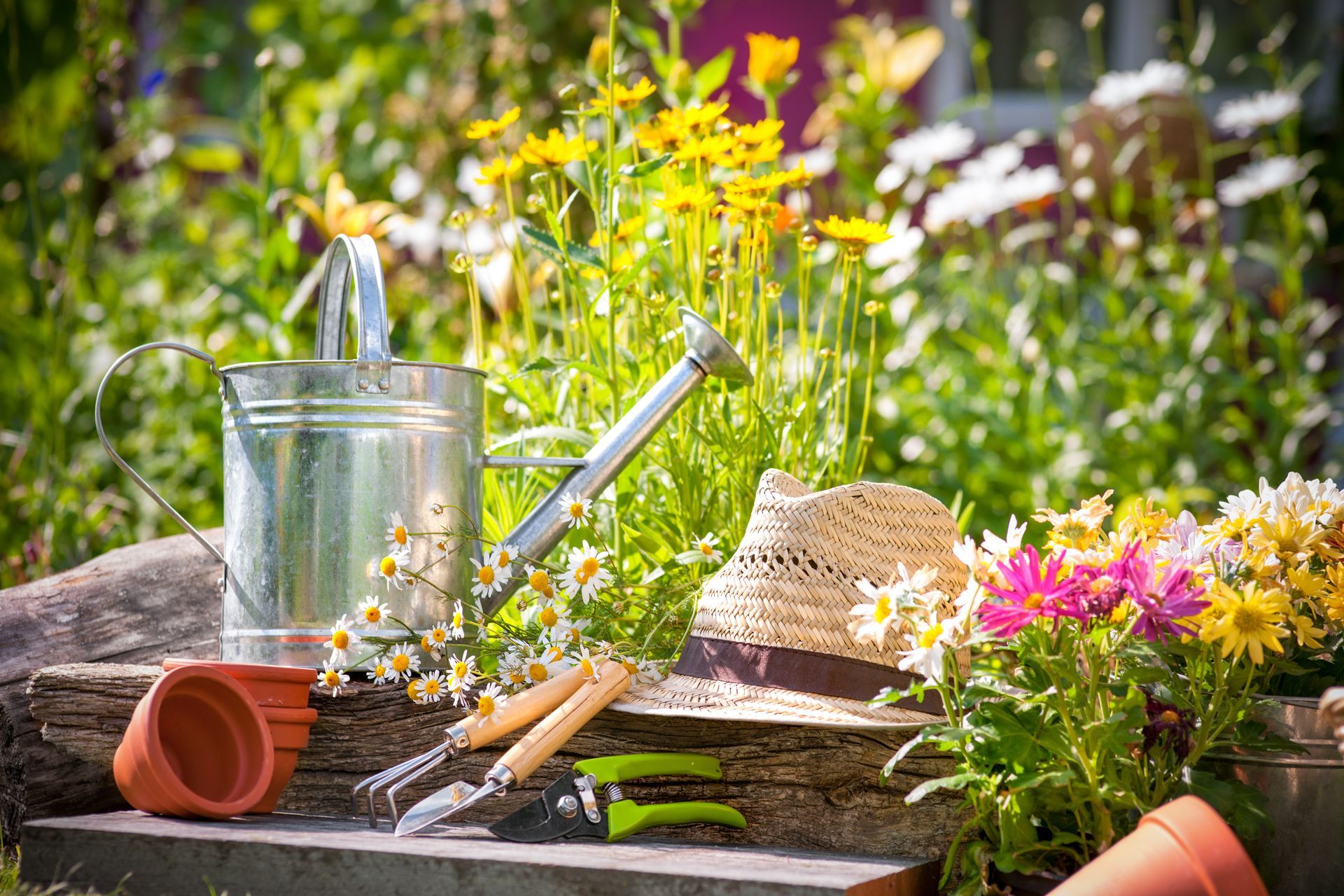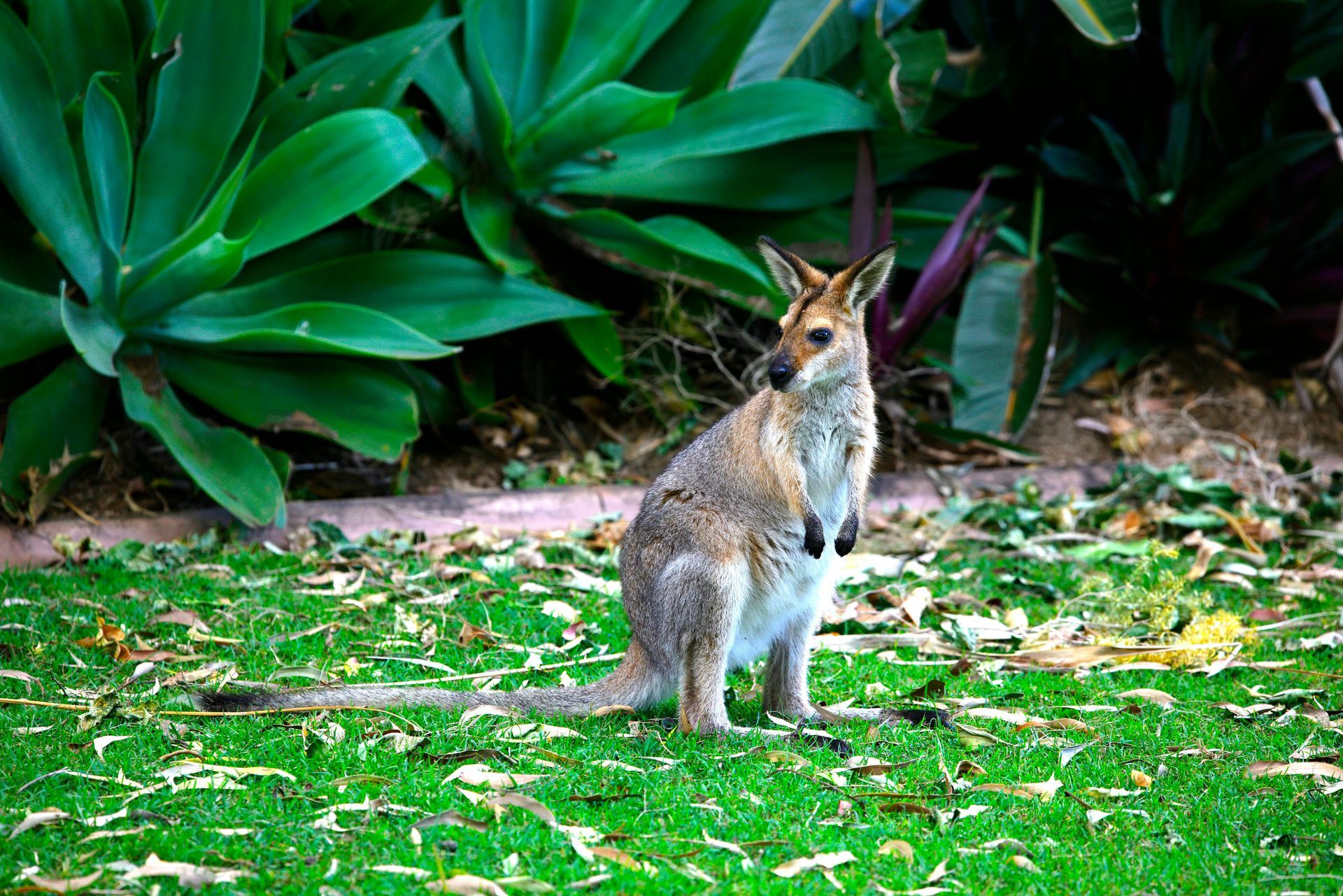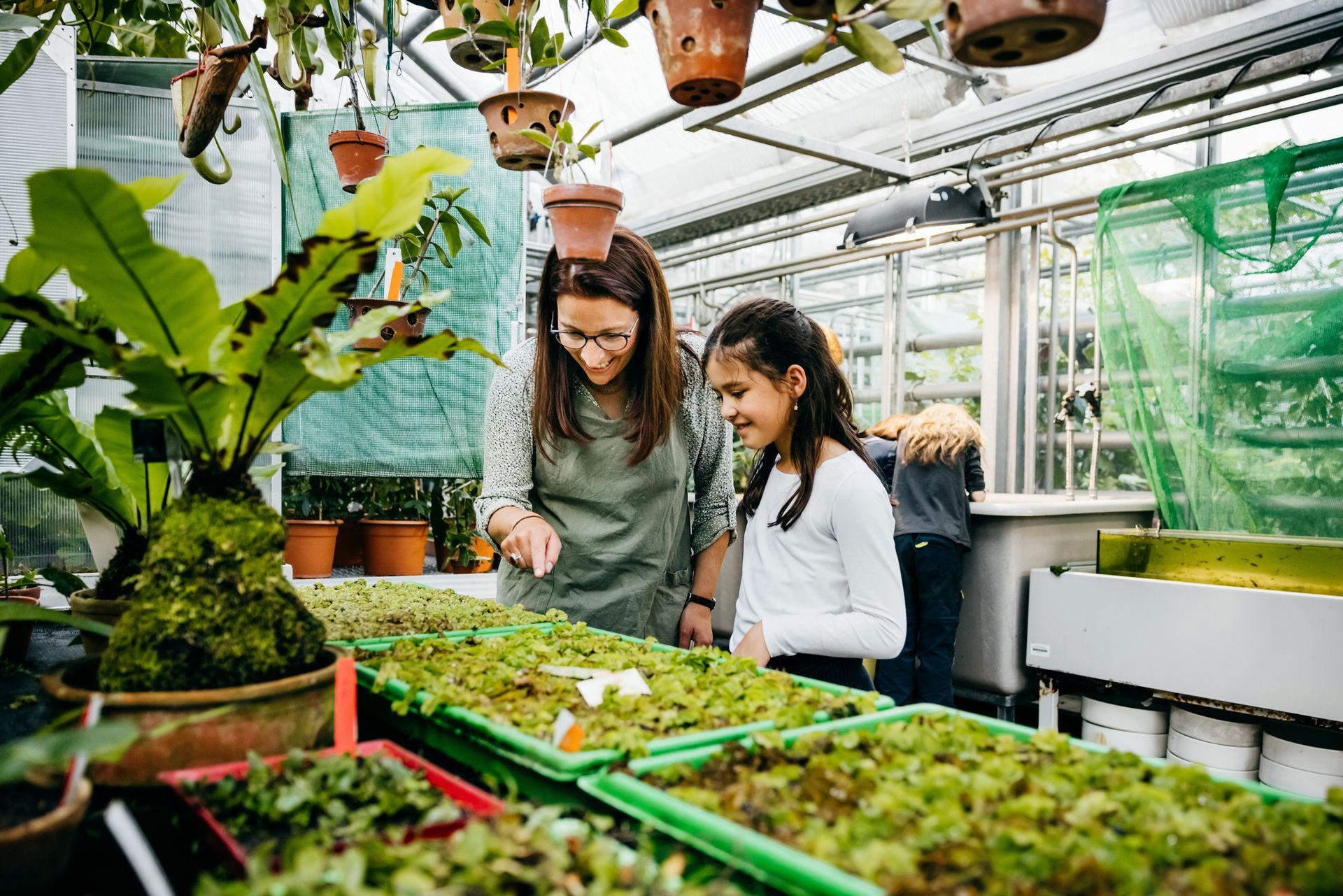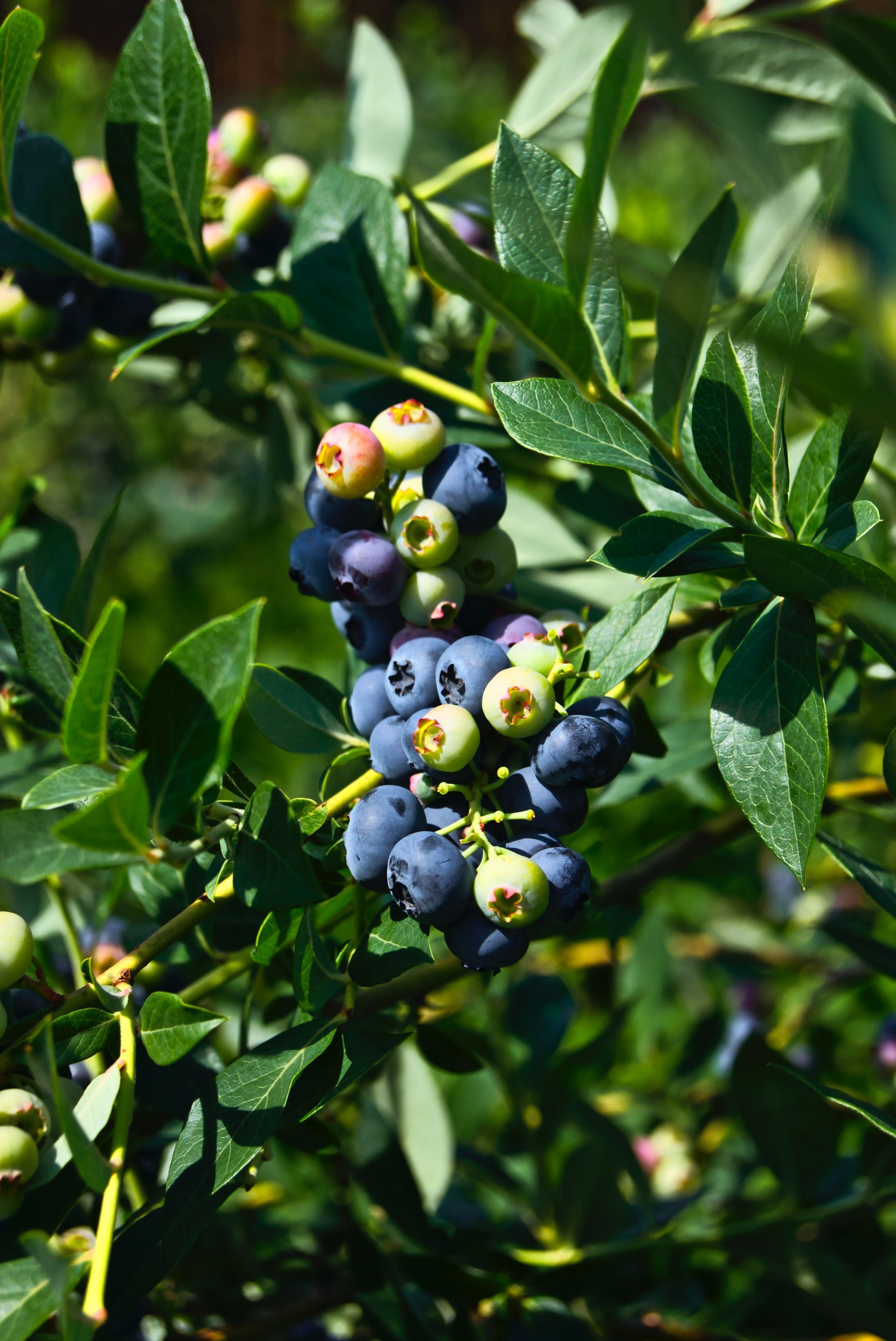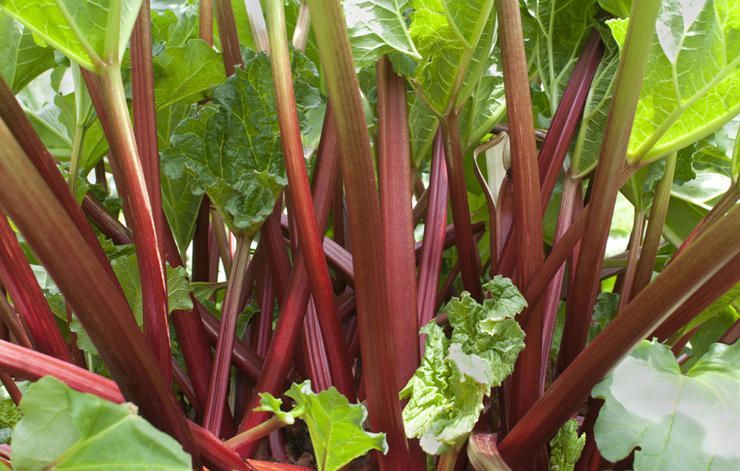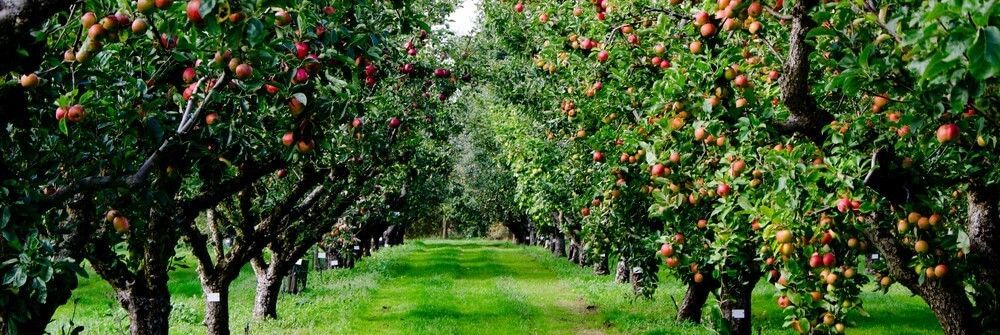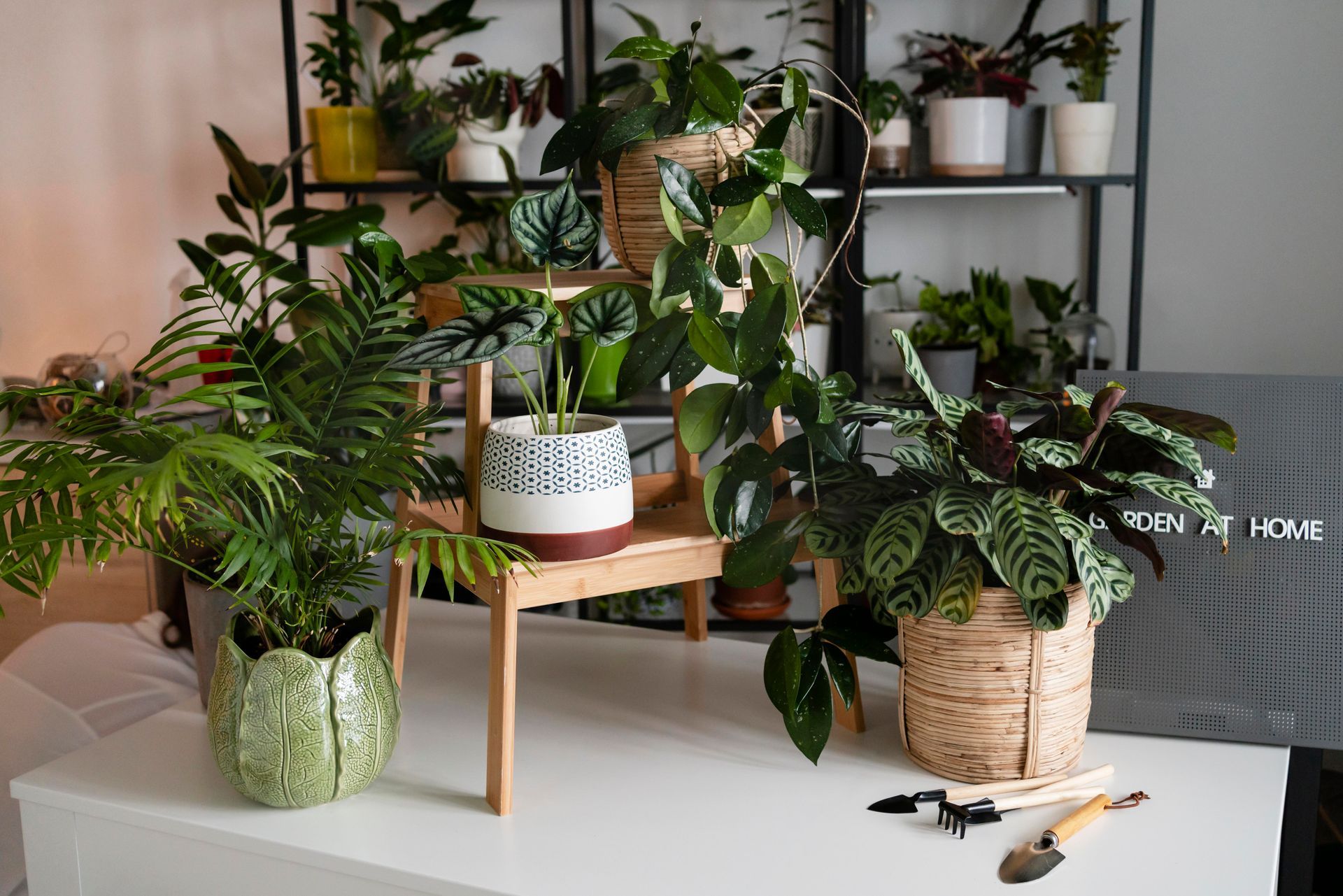Spice up your life!
Chillies are a fun crop to grow. They are very decorative and don’t take up a lot of space, so it’s easy to grow a selection of different varieties in a season.
Chillies originated in South America, and have spread throughout the world in the last 500 years or so. They are now an integral part of the cuisine of many different countries. The fruit usually starts out green and can be harvested at this stage. If left to ripen on the plant, the fruit will turn yellow, orange, purple, black or red, depending on the variety. The colorful, fully ripe fruit is generally hotter and has a more intense flavour than the green ones.
Chillies enjoy similar conditions to tomatoes and capsicum. A warm, sunny position in a pot or garden bed is ideal. They don’t need much in the way of care and attention. They are a warm season plant and can look a bit shabby during winter. We recommend to trim it back quite hard and let them re-shoot in spring.
Chillies make good companions for eggplant, cucumber, tomato, okra, squash, basil, oregano and parsley. They also like geraniums, petunias, lovage, carrots and onions. Keep them away from beans, broccoli, cabbage and fennel.
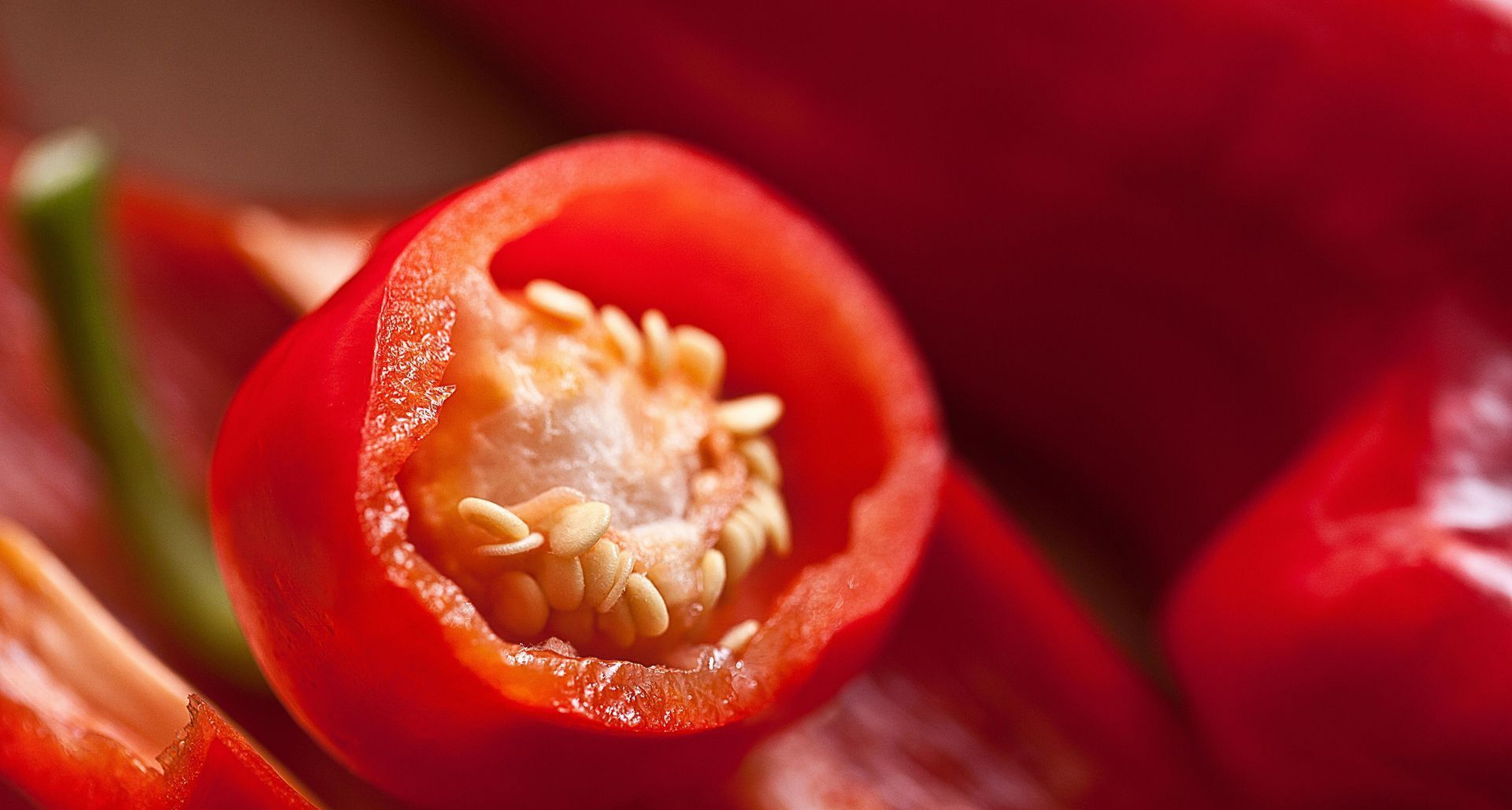
There are many different varieties of Chillies with a diverse range of flavours and heat levels, each offering its own distinctive taste and heat level. Trinidad Scorpion Chillies are one of the world's hottest chillies and are not for the faint hearted. Use extreme caution when handling & eating raw.
Habaneros are very hot and have an interesting lantern shape which might be orange, red, yellow or brown when ripe. Also up there at the dangerous end of the heat scale is the Birds Eye, a short, tapered, red chili that is only about 2-3cm long. The bush grows to about 1-1.5m tall and bears prolifically.
At the mild end of the heat scale, you will find the Sweet Temptation. If you like something with a bit of bite, you might enjoy the Jalapenos. They are cylindrically shaped, about 5-8cm long, and turn from dark green to red when ripe.
Be careful when handling chillies, as the juice can be highly irritating to the skin and the eyes. If you are handling lots, or if you have sensitive skin, consider wearing gloves for protection.
If you end up with too many chillies, you can pickle them, just as you would pickle onions or cucumbers. That way, you can continue enjoying chilies during winter, when your plants are not in fruit. Some varieties can also be dried and stored for long periods.

